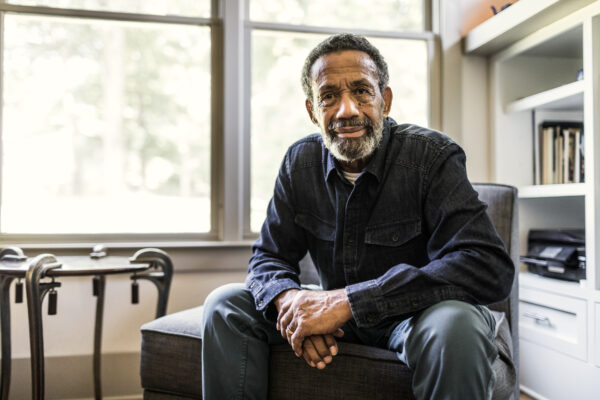According to a new study, the opioid crisis in America has not gotten better, and for older Black men, the rate of death due to overdose has only worsened.
Researchers publishing in JAMA Network Open on Tuesday, Jan. 11, reported that the rate of overdose-related death increased tenfold in adult men 55 years old and older from 0.9 deaths per 100,000 population in 1999 to 10.7 per 100,000 in 2019.

However, it was noted that one large factor driving up those numbers was Black men, who have had a significantly higher death rate than the overall rate for people at least 55 since 2013. By 2019, the fatality rate was approximately four times higher than the overall rate amongst older adults, totaling more than 40 deaths per 100,000 people.
In a statement to Medpage Today, Maryann Mason, Ph.D., of Northwestern University’s Feinberg School of Medicine in Chicago, one of the study authors, said the stereotype that older people don’t abuse drugs may have masked the issue.
“Many of us think drug misuse is a problem of the young,” said Mason in a statement. “However, older adults are experiencing an explosion in fatal opioid overdoses.
Still, the cause of the spike, especially in 2013, remains unknown at this current time. However, Mason told the publication that the timeframe did align with what the Centers for Disease Control and Prevention described as “the third wave” of the opioid pandemic.
“And that’s the point the CDC has identified as the third wave of the opioid epidemic, which is associated with increased presence of fentanyl in fatal overdoses. In some ways, it looks like black men have been more exposed to fentanyl, which is more deadly,” she added.
Mason’s paper suggested that the effects of institutionalized racism, lack of access to disorder treatment centers, racist drug policies, and bias in pain treatment may begin to shed light on why the marginalized group was disproportionately dying from opioid use.
Furthermore, Black people were less likely to have health insurance. In separate research, Mason reported that buprenorphine — a crucial drug used to treat opioid use disorder — was mainly received by white patients. Mason stressed that treatment for Black patients needs to adapt to this new information and provide the proper assistance.
“We need treatment that can be adapted to older adults’ needs,” she said. “And that may be as simple as making the treatment location accessible for someone with mobility issues. That might mean making materials and resources available to people who are hearing or vision impaired. It might mean tailoring services that are more culturally acceptable to older generations.”
More news from our partners:
This Changes Everything| Kevin Durant Out At Least 4-6 Weeks, Nets Need A Full-Time Kyrie Irving
Is This Enough? Santa Monica Offers Descendants of Displaced Black Communities Affordable Housing.


